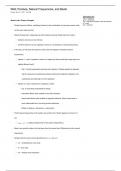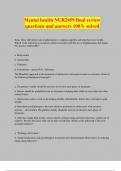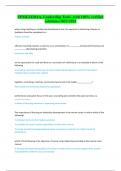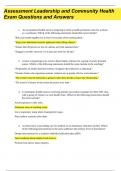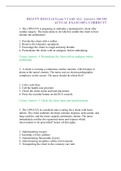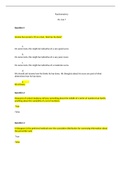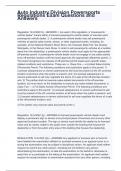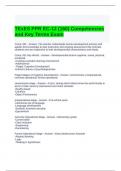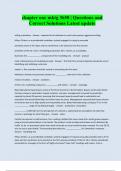Other
Lab Notes: Week 9, Pendula, Natural Frequencies, and Beats, Physics 3LB at UCI
- Institution
- University Of California - Irvine
Week 9 notes of Physics 3LB lab at University of California, Irvine. Notes are based on the course's lab manual and are intended to help you understand the theory of "Pendula, Natural Frequencies, and Beats."
[Show more]
